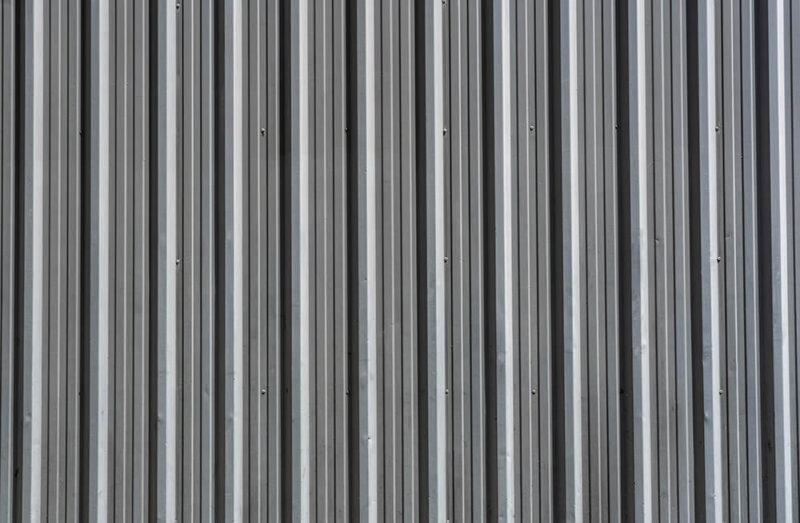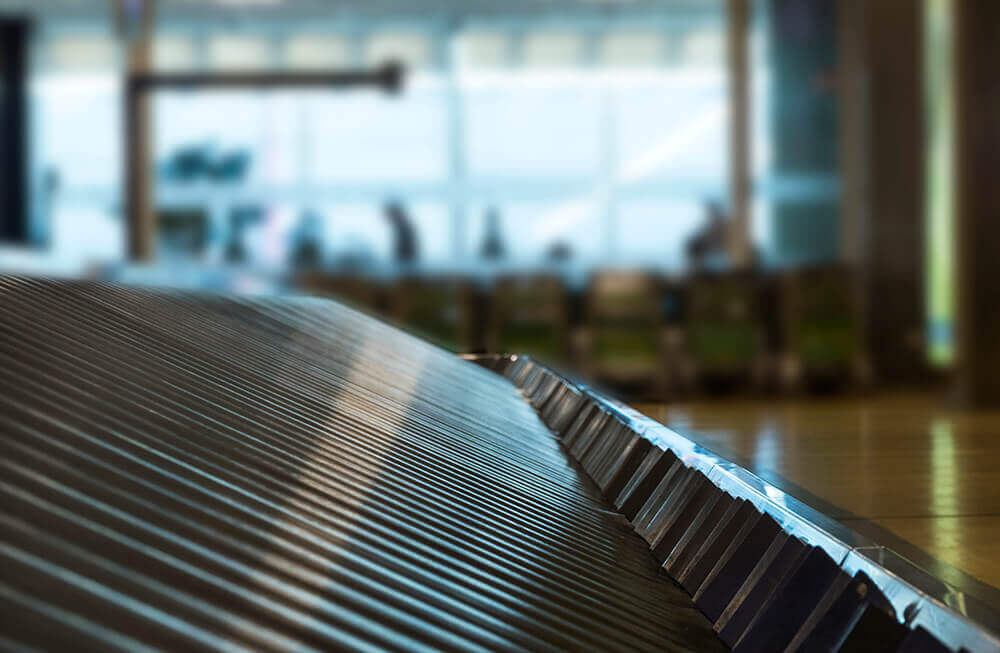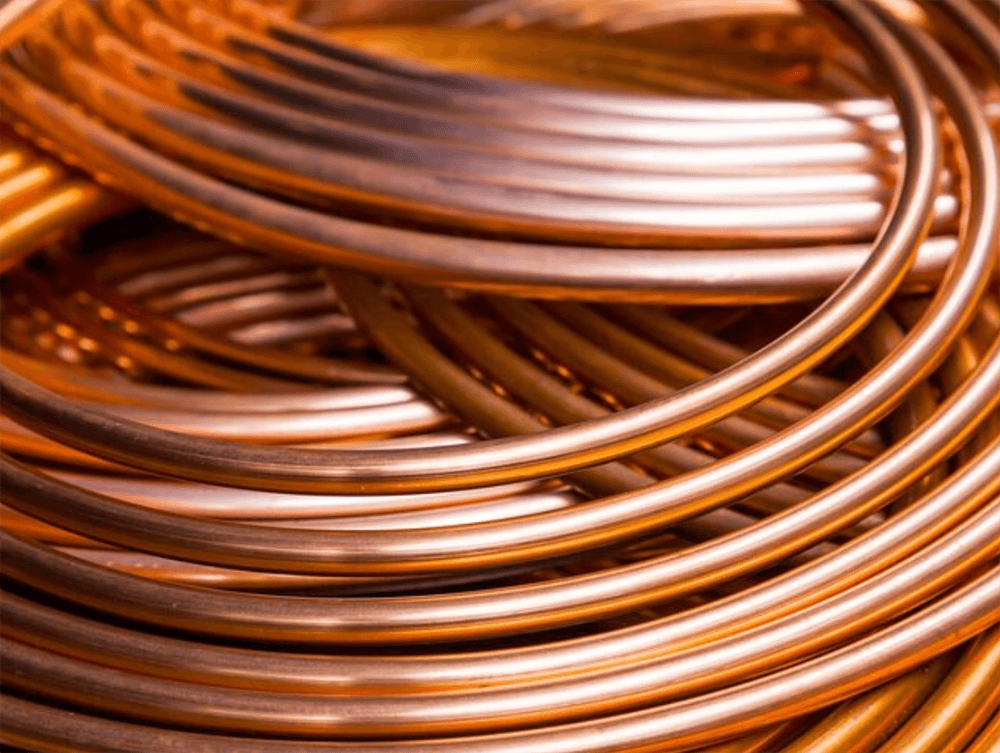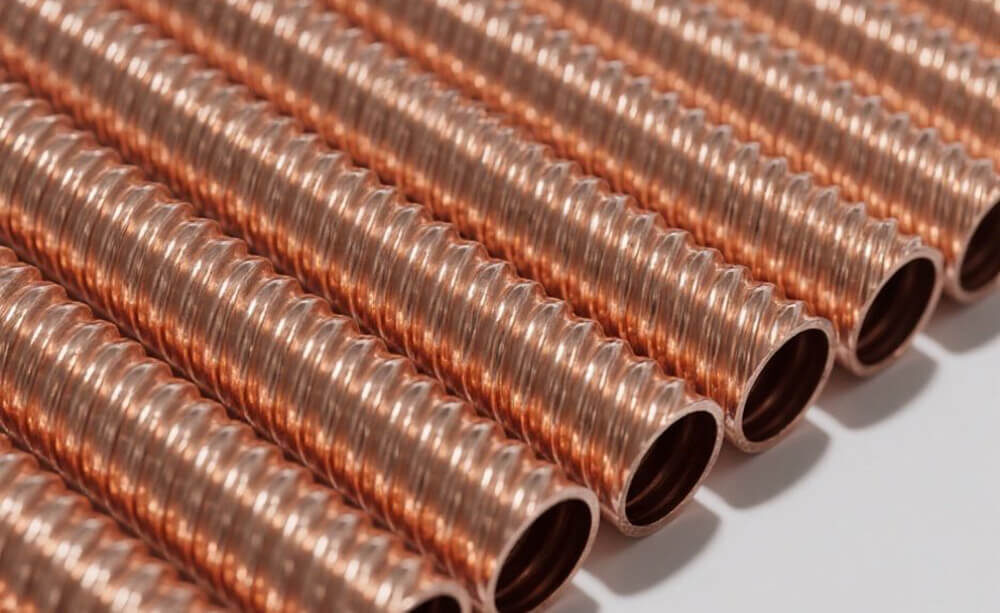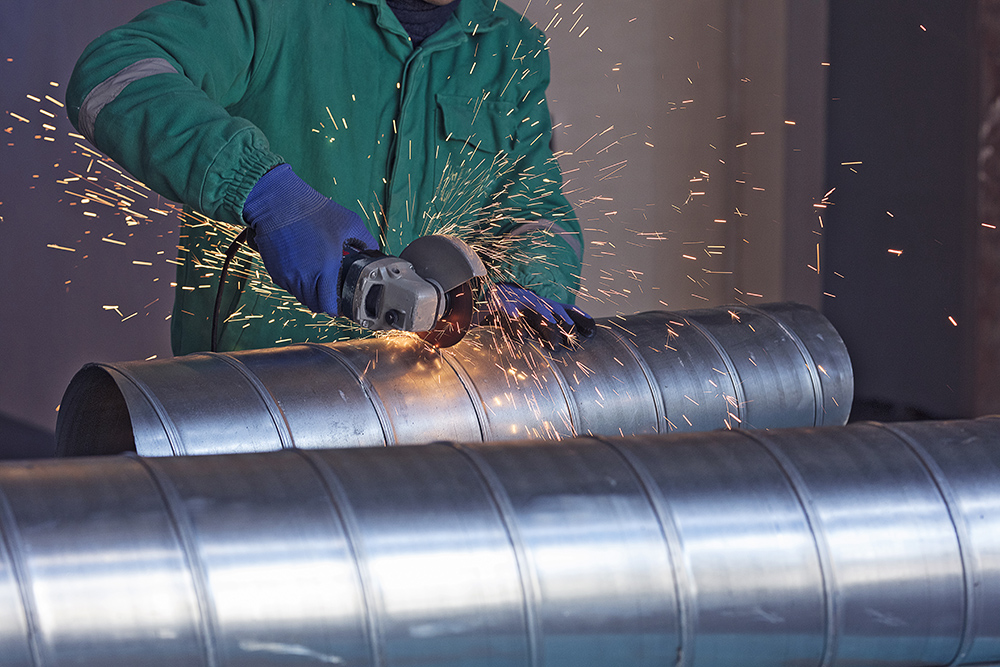High frequency welded fin tubes are a cornerstone of efficient heat exchange in a multitude of industrial applications. Their robust construction and effective heat transfer capabilities make them a preferred choice across sectors like power generation, oil & gas, and HVAC. Within the realm of finned tube design, a crucial decision revolves around the type of fin: solid or serrated. Both configurations offer distinct advantages and are suited to specific operating conditions. This article delves into a comparative analysis of solid and serrated fins, exploring their performance characteristics and guiding you toward the optimal choice for your heat exchange requirements.
Advanced Material Selection Guide for High Frequency Welded Fin Tubes in Corrosive Industrial Environments
Before diving into fin design, the foundation of any durable and efficient heat exchanger lies in the material selection, especially in corrosive industrial environments. High frequency welded fin tubes can be manufactured from a variety of materials, each offering different levels of corrosion resistance, thermal conductivity, and cost. Alloys such as carbon steel, stainless steel (various grades like 304, 316), alloy steel, and even copper or aluminum are commonly used. The specific corrosive agents present (e.g., acids, chlorides), operating temperatures, and flow rates will dictate the most suitable material to ensure longevity and prevent premature failure. A careful material selection, guided by expertise, is the first step towards a reliable heat exchange system.
Optimizing Thermal Efficiency: Innovative Fin Designs for Enhanced Heat Transfer in Industrial Applications
The primary purpose of fins is to increase the surface area available for heat transfer, thereby enhancing the overall thermal efficiency of the tube. Innovative fin designs play a crucial role in maximizing this efficiency. Beyond the solid and serrated dichotomy, factors like fin height, fin thickness, and fin pitch (number of fins per unit length) significantly impact heat transfer rates. Advanced designs may also incorporate features like louvers or perforations to further disrupt the boundary layer and improve convective heat transfer. Understanding the heat transfer requirements of your application is key to selecting the most effective fin design.
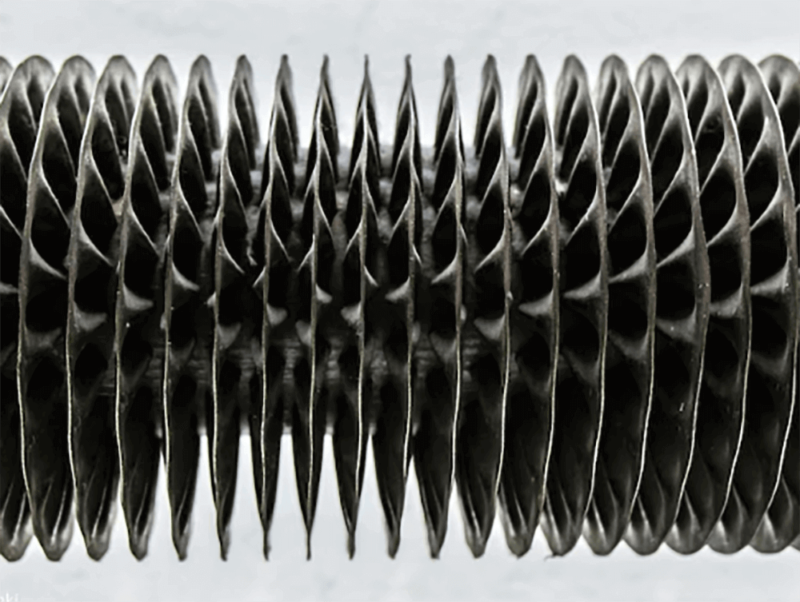
Cost-Benefit Analysis: Why High Frequency Welded Fin Tubes Outperform Alternative Heat Exchange Technologies
When evaluating heat exchange solutions, a comprehensive cost-benefit analysis is essential. High frequency welded fin tubes often outperform alternative technologies like bare tubes or mechanically bonded fins due to their superior heat transfer efficiency and robust bond between the fin and the tube. The high frequency welding process ensures a strong metallurgical bond, minimizing thermal resistance and maximizing heat transfer. This efficiency can lead to smaller, more compact heat exchangers and reduced energy consumption over the system’s lifespan, ultimately resulting in a favorable return on investment despite potentially higher initial costs compared to simpler designs.
Industry-Specific Fin Tube Solutions: Customization Guidelines for Power Generation, Oil & Gas, and HVAC Systems
The specific demands of different industries necessitate tailored fin tube solutions.
- Power Generation: Often requires robust fin tubes capable of withstanding high temperatures and pressures in boiler economizers and superheaters. Material selection for corrosion resistance against flue gases is critical.
- Oil & Gas: Demands fin tubes that can handle extreme temperatures, high pressures, and potential exposure to corrosive hydrocarbons and saline environments in heat exchangers for processing and cooling.
- HVAC: Focuses on efficient heat transfer for air cooling and heating, often prioritizing compact designs and cost-effectiveness.
Customization guidelines for each industry consider these unique challenges, guiding the selection of appropriate materials, fin designs (solid or serrated, geometry), and bonding techniques.
The Complete Maintenance Guide for High Frequency Welded Fin Tube Heat Exchangers: Maximizing Operational Lifespan
Proper maintenance is crucial for maximizing the operational lifespan of any heat exchanger, including those utilizing high frequency welded fin tubes. Regular inspection for fouling, corrosion, and fin damage is essential. Cleaning procedures, whether mechanical or chemical, should be implemented to remove deposits that impede heat transfer. Prompt repair of any identified issues, such as fin damage or leaks, will prevent more significant problems down the line. Adhering to a comprehensive maintenance schedule will ensure optimal performance and extend the life of your investment.
Energy Efficiency Revolution: How Advanced Finned Tube Technology is Reducing Industrial Carbon Footprint
In an era of increasing environmental awareness, energy efficiency is paramount. Advanced finned tube technology plays a significant role in reducing the industrial carbon footprint. By maximizing heat transfer efficiency, these systems require less energy input to achieve the desired thermal output. This translates to lower fuel consumption in heating applications and reduced electricity usage in cooling processes, directly contributing to lower greenhouse gas emissions. Investing in high-efficiency finned tube heat exchangers is not only economically sound but also environmentally responsible.
Troubleshooting Guide: Common Issues and Solutions for High Frequency Welded Fin Tube Systems
Even with robust design and proper maintenance, issues can occasionally arise in high frequency welded fin tube systems. Common problems include fouling, corrosion, leaks, and vibration-induced damage. A comprehensive troubleshooting guide would outline these common issues, their potential causes, and practical solutions, enabling operators to quickly identify and resolve problems, minimizing downtime and ensuring continued efficient operation.
Comparative Performance Analysis: Solid vs. Serrated Fins in Different Operating Conditions
Now, let’s focus on the core comparison: solid versus serrated fins.
- Solid Fins: Offer a continuous heat transfer surface, providing efficient heat conduction from the tube to the fin. They are generally more robust and less prone to fouling in certain applications. Solid fins are a reliable all-around choice.
- Serrated Fins: Feature cuts or segments along the fin length, creating turbulence in the fluid flow. This increased turbulence enhances convective heat transfer, making serrated fins particularly effective in gas-to-fluid heat exchangers where the fluid-side heat transfer coefficient is typically lower. However, serrated fins can sometimes be more susceptible to fouling due to the interrupted surfaces.
The optimal choice between solid and serrated fins depends heavily on the specific operating conditions, including the type of fluids involved, their velocities, and the potential for fouling. Serrated fins often excel when maximizing heat transfer with gaseous fluids is the priority, while solid fins may be preferred for their robustness and ease of cleaning in certain liquid applications.
Engineering Calculations Simplified: How to Properly Size and Select Finned Tubes for Your Heat Exchange Requirements
Properly sizing and selecting finned tubes requires careful engineering calculations, considering factors such as heat duty, fluid flow rates, temperature differences, and the thermal resistance on both the tube and fin sides. Simplified engineering guidelines can help in making informed decisions, outlining the key parameters to consider and providing rules of thumb for initial estimations. However, for critical applications, detailed thermal design software and expert consultation are recommended to ensure optimal performance and efficiency.
In conclusion, the choice between solid and serrated fins in high frequency welded fin tube heat exchangers is just one of the many considerations in designing an effective heat exchange system. Material selection, overall fin design, and understanding the specific application are equally crucial.
Our company is committed to helping each client identify and implement the most suitable finned tube solutions for their unique needs. We offer a comprehensive service, from initial design and customized product manufacturing to complete installation support. Leveraging our expertise, we can guide you through the entire process of selecting the ideal fin type and overall heat exchanger configuration to optimize your system’s performance and efficiency. Contact us today to discuss your specific requirements.

